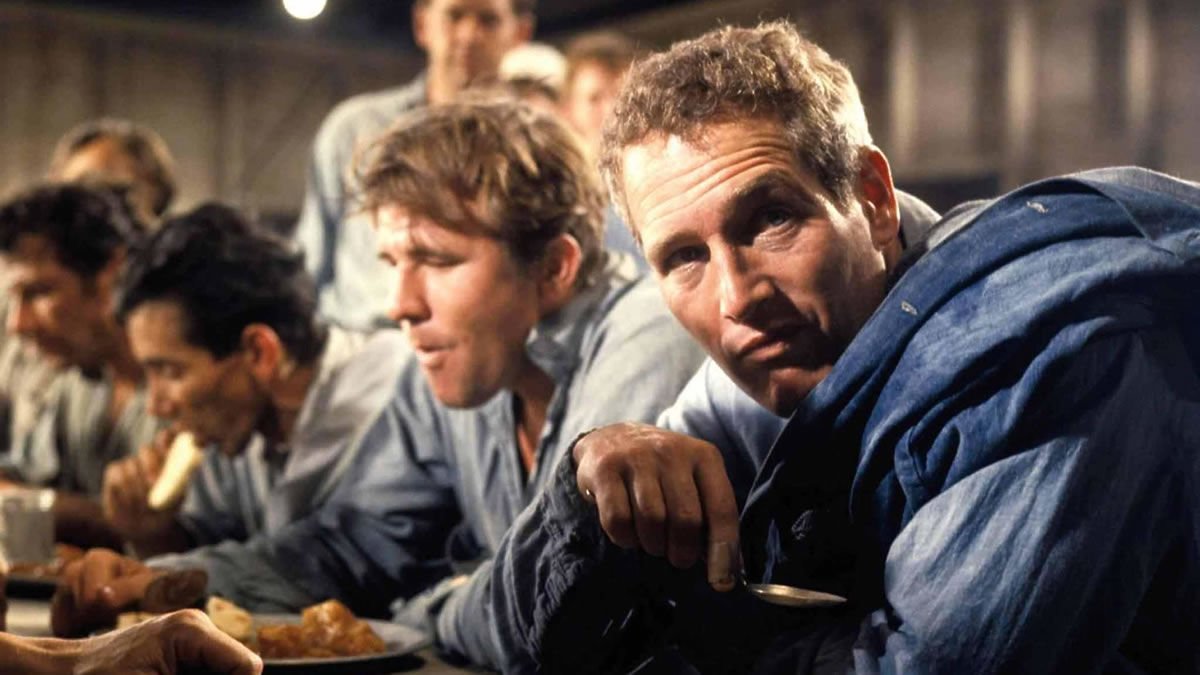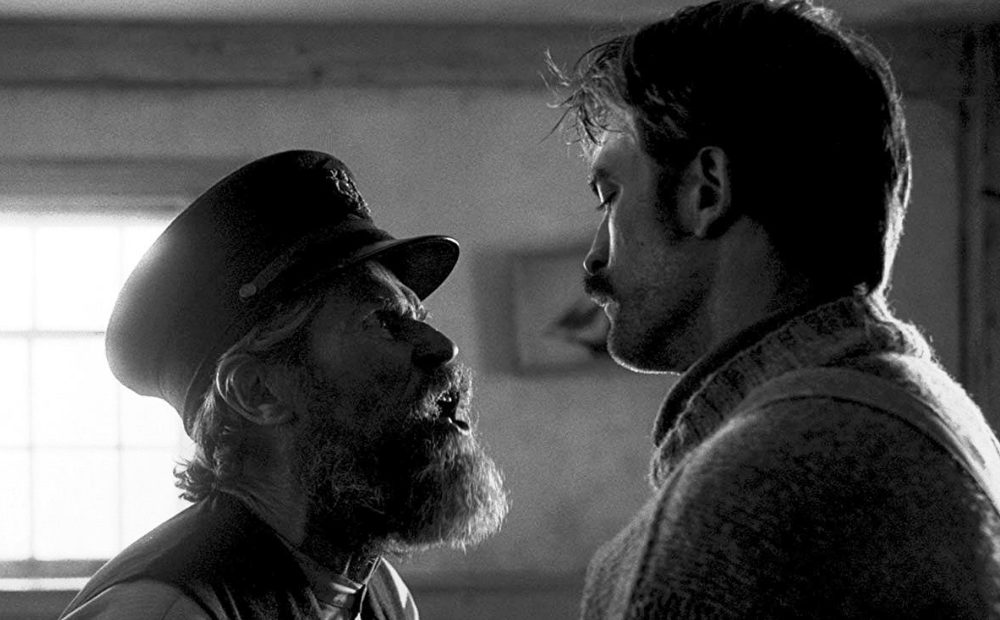There was a time when Friday nights meant one thing: a trip to the video store. Rows of plastic clamshell cases, neon-lit signs, and handwritten “Be Kind, Rewind” stickers defined an entire generation’s love affair with cinema. The VHS tape didn’t just bring movies home; it changed how we consumed them, rewatched them, and talked about them. For nearly two decades, VHS wasn’t just a format, it was the heartbeat of pop culture.
Oh, the glorious days of scanning those aisles! From cult comedies to sci-fi spectacles, the tapes we rented, rewound, and wore out told the story of a revolution. These weren’t just popular movies; they were the ones that made VHS essential, the ones that turned film into a home experience. They transformed casual viewers into dedicated fans, turning living rooms into personal cinemas where magic unfolded with every press of the play button.
So, grab your popcorn (and maybe a dusty old VCR remote!), because we’re about to take a deep dive into the absolute gods of the VHS shelf – the movies that weren’t just hits, but cultural phenomena. These films cemented themselves in our memories, shaping movie nights for millions and proving that home video could make legends out of blockbusters and cult classics alike. Get ready to rewind and relive the pure joy of the VHS era with these ten unforgettable titles!
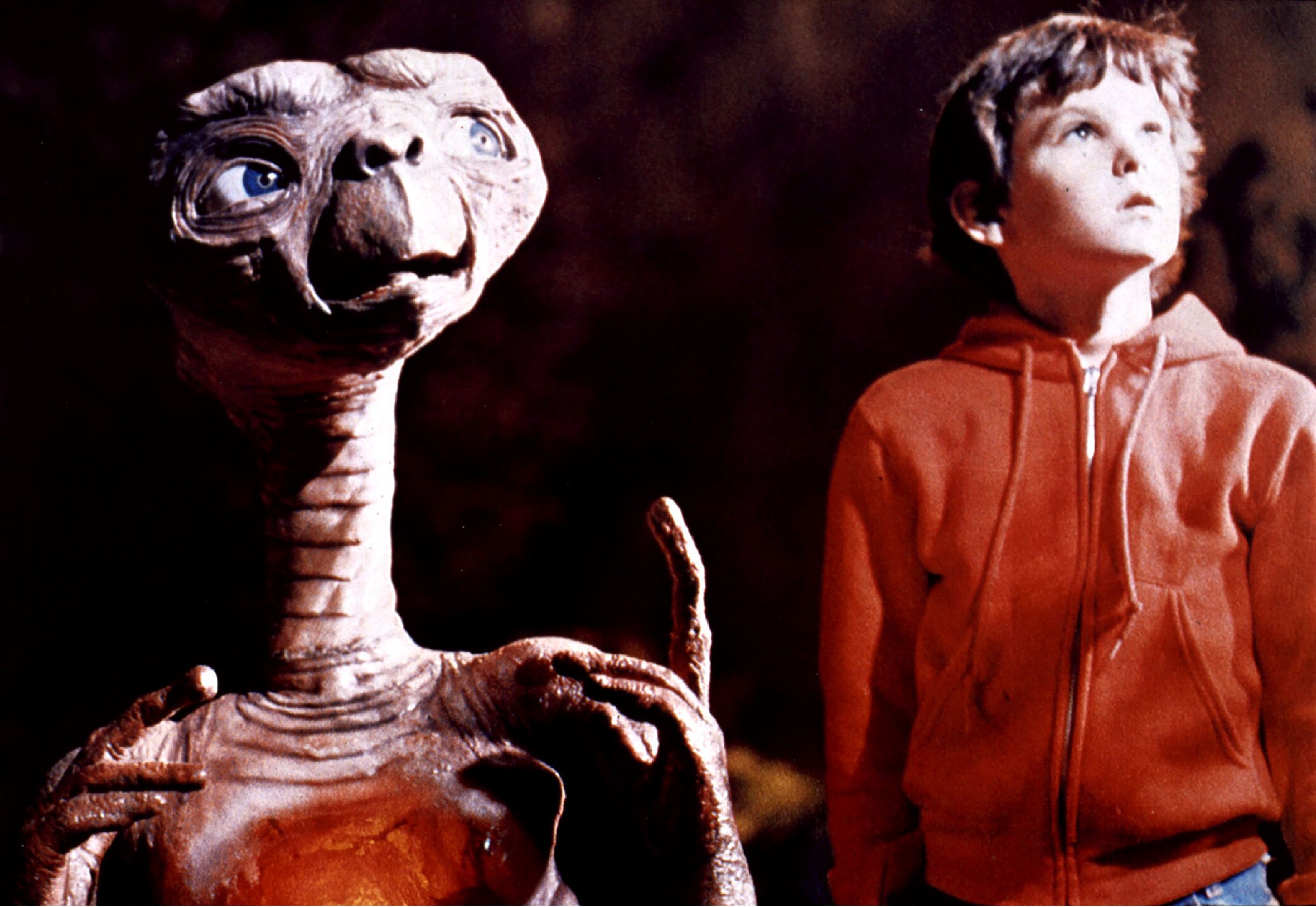
1. **E.T. the Extra-Terrestrial (1982)**If there was one movie that embodied the pure magic of the VHS boom, it was E.T. the Extra-Terrestrial. Steven Spielberg’s story of friendship between a lonely boy and a stranded alien became a worldwide phenomenon, but its journey to VHS was legendary in its own right. For years after its 1982 theatrical release, E.T. was intentionally withheld from home video, adding to its mythic status.
Imagine the anticipation! When it finally hit VHS in 1988, demand was overwhelming. It wasn’t just a release; it was an event. With more than 14 million copies sold, it became one of the best-selling VHS releases in history. Families who couldn’t see it in theaters finally brought the emotional powerhouse home, creating new memories around their television sets.
Its mixture of wonder, innocence, and timeless storytelling made it the ultimate family tape. Watching E.T. on VHS wasn’t just about the film, it was about reliving the collective cultural moment that defined early ‘80s cinema. This wasn’t just a movie; it was a heart-warming ritual, a shared experience that brought tears, laughter, and a sense of belonging to countless households.
Rewatchability was everything during the VHS age, and E.T. was endlessly rewatchable. Kids memorized Elliott’s bike flight across the moon, parents cried every time E.T. said “I’ll be right here,” and households everywhere proudly displayed the tape on their shelf. It was more than a movie; it was a family ritual that transcended mere entertainment, becoming a cherished part of growing up.
Read more about: The Unsung Masterpieces: Exploring Iconic Films That Shockingly Missed the Best Picture Oscar
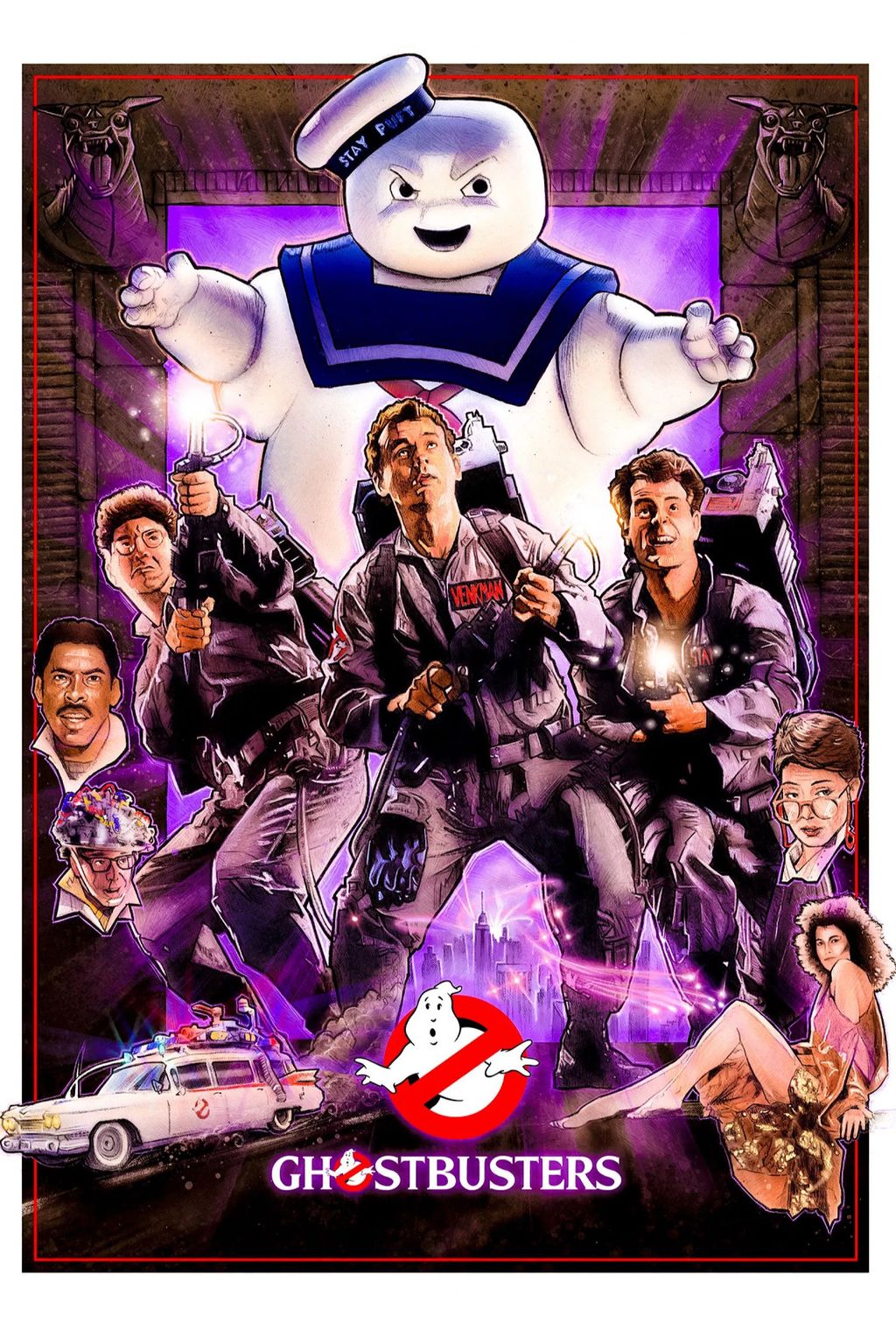
2. **Ghostbusters (1984)**Who ya gonna call? When it comes to films that perfectly captured the VHS era’s incredible blend of comedy, fantasy, and sheer mainstream appeal, few did it better than Ghostbusters. This movie hit theaters in 1984 and was an instant sensation, but it was truly its VHS release that supercharged it into an undeniable pop-culture juggernaut, forever changing how we viewed big-screen hits at home.
Columbia Pictures, bless their innovative hearts, made a groundbreaking decision that shook the industry: they priced Ghostbusters at a lower $29.95 retail cost. This was absolutely unheard of at the time, when blockbusters usually fetched upwards of $80-100! This bold move didn’t just open the floodgates for home ownership of blockbuster films; it totally transformed how studios marketed VHS releases, proving that affordability could drive massive consumer engagement.
Suddenly, it wasn’t just rental stores buying bulk orders anymore. Regular families were building personal movie libraries, curating their own collections of beloved films, starting with this paranormal comedy. Ghostbusters showed everyone that owning a piece of cinematic history was within reach, making movie fandom more accessible than ever before.
On-screen, Ghostbusters delivered the kind of quotable, endlessly replayable energy that thrived on tape. The iconic proton packs, the hilariously destructive Stay Puft Marshmallow Man, and that unforgettable theme song made it the perfect candidate for repeat viewing. Fans could rewind favorite scenes until the tape warped, memorize jokes until they were practically part of the script, and pause to spot ghosts lurking in the background, making every viewing a discovery.
Every living room became a makeshift theater for Slimer and the gang, fostering a unique sense of communal fun. This mix of horror, humor, and heart perfectly captured the vibrant spirit of 1980s VHS culture: movies as shared experiences, meant to be watched together again and again, creating indelible memories that lasted a lifetime.
Read more about: Your Ultimate Guide: The 15 Best Streaming Services for Iconic 1980s Movies
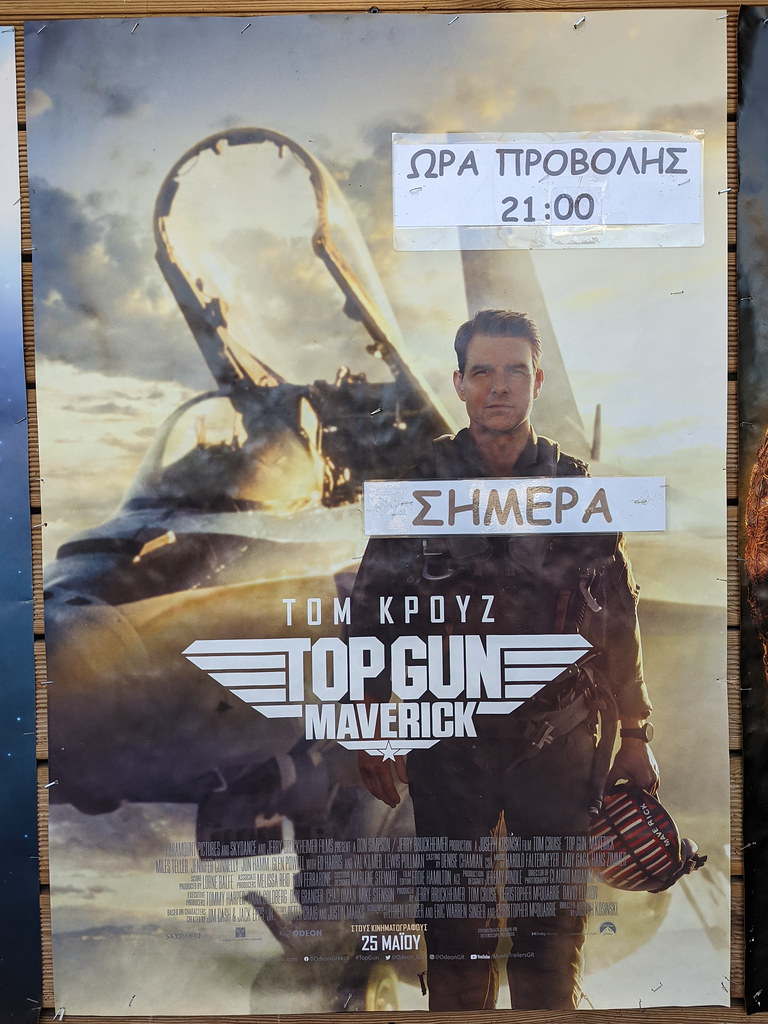
3. **Top Gun (1986)**Buckle up, buttercups, because when Top Gun soared into theaters, it didn’t just turn Tom Cruise into a bona fide superstar and solidify his place in Hollywood royalty; it became a defining symbol of 1980s cool, complete with aviator sunglasses and high-stakes aerial maneuvers. But its VHS release? That did something equally, if not more, revolutionary for the home video landscape.
Here’s where it gets really interesting: Top Gun was one of the first major studio films to be boldly cross-promoted with a brand sponsor, none other than Pepsi! This brilliant marketing strategy allowed Paramount to sell the tape for an incredibly low $26.95. Compared to the staggering $79 to $100 most VHS tapes cost at the time, this was an absolute game-changer, making a blockbuster accessible to the masses.
That pricing strategy changed everything about how we acquired movies. It wasn’t just a clever trick; it made Top Gun one of the best-selling home videos ever, catapulting it into the pantheon of VHS legends. More profoundly, it helped cement VHS as a consumer-driven phenomenon, proving that people *wanted* to own these films. Suddenly, owning a hit movie wasn’t just for rental stores or niche collectors; it was a genuine possibility for everyone with a VCR.
The movie itself was, quite frankly, tailor-made for the format. Its breathtaking aerial dogfights, the pulse-bounding rock soundtrack that defined a decade, and its sun-drenched cinematography looked absolutely electrifying, even on analog tape. Viewers would rewind the high-octane sequences over and over, sometimes pushing their VCRs’ tracking limits to the brink, trying to catch every detail of Maverick’s daring maneuvers.
And let’s not forget the auditory experience! For countless fans, Kenny Loggins’ “Danger Zone” blasting through tinny TV speakers became an instant household soundtrack, a signal that excitement was about to unfold. Top Gun wasn’t just a VHS hit; it was a cultural one-two punch that definitively proved home video could extend a film’s life far, far beyond its initial theatrical run, turning movie watching into an ongoing, dynamic experience.
Read more about: Your Ultimate Guide: The 15 Best Streaming Services for Iconic 1980s Movies
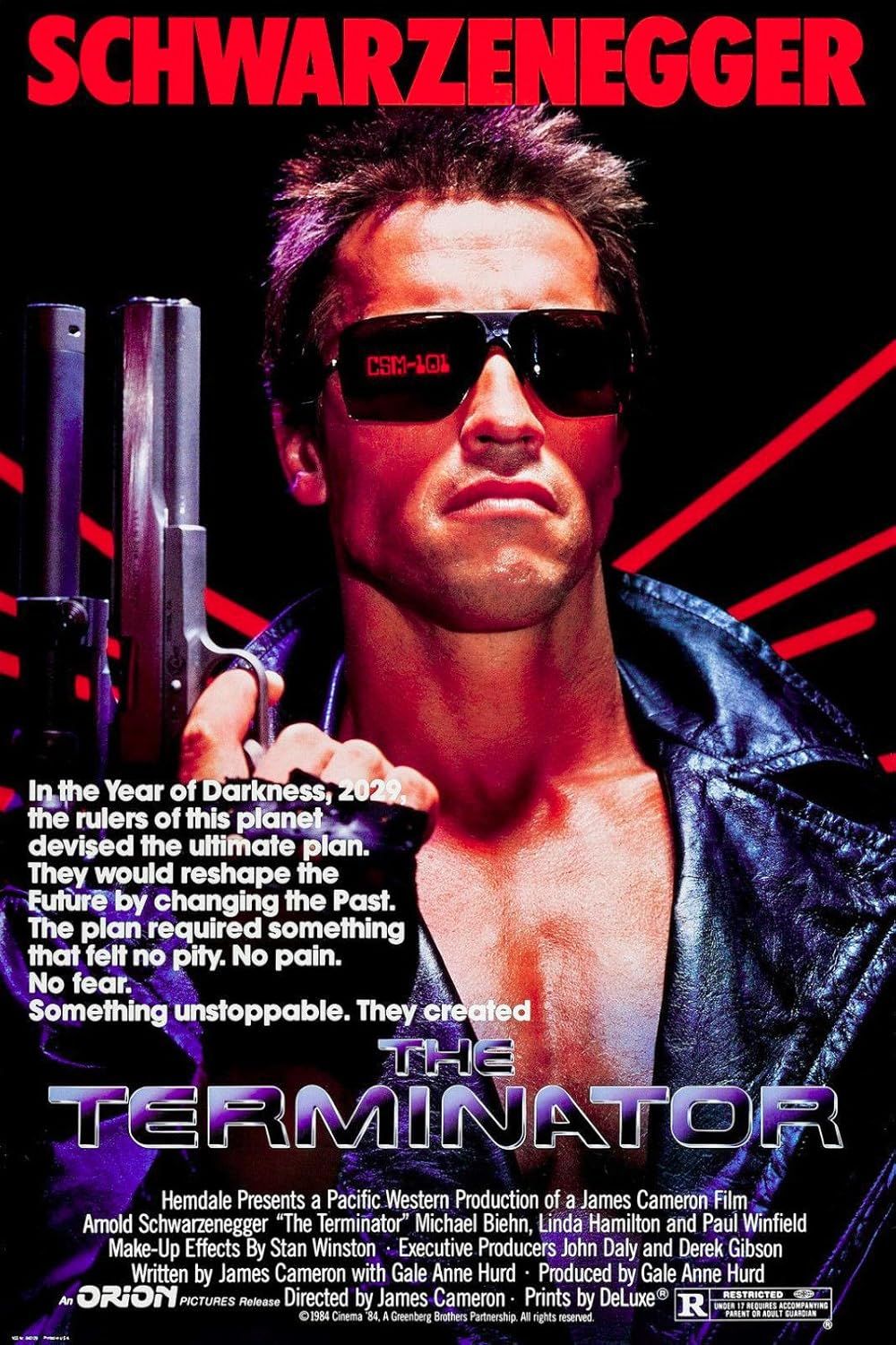
4. **The Terminator (1984)**Before he was the Governator, Arnold Schwarzenegger uttered one of cinema’s most iconic lines in James Cameron’s The Terminator. This film started as a modestly budgeted sci-fi flick when it first hit theaters, a gritty, relentless vision of a dystopian future. But it was the magic of VHS that truly turned it into a full-blown phenomenon, transforming a sleeper hit into a household name and a foundational piece of science fiction.
Its dark, gritty tone, the relentless pacing that kept you on the edge of your seat, and Arnold Schwarzenegger’s now-legendary robotic one-liners made it absolutely ideal for home audiences. These viewers often craved something darker and more thrilling than the usual mainstream blockbusters, and The Terminator delivered in spades, offering a raw, visceral experience that captivated late-night audiences.
The film’s runaway success on video wasn’t just impressive; it was strategically significant. It was so strong, in fact, that it played a crucial role in justifying the absolutely massive budget for Terminator 2: Judgment Day years later, proving the franchise’s immense drawing power beyond the initial box office. VHS rentals brought The Terminator to an entirely new, hungry audience, and word-of-mouth spread like wildfire through schoolyards and workplaces.
For every teenager who might have missed its limited theatrical run, there was a VCR patiently waiting, ready to play it at midnight with friends, turning each viewing into a communal thrill-fest. Cameron’s masterpiece perfectly represented how VHS truly leveled the playing field for cult and genre cinema. Not every movie needed to dominate the box office to achieve legendary status; some became legends through repeated rentals and countless rewatches.
Fans would pause, rewind, and endlessly debate every moment, from the chaotic nightclub shootout to the chilling, unforgettable delivery of the famous line “I’ll be back.” Without VHS, The Terminator might have remained a niche cult classic, appreciated by a dedicated few. With it, however, it became one of the most rewatched, quoted, and influential sci-fi films of all time, cementing its place in cinematic history.
Read more about: Hollywood’s Seismic Shifts: 11 Films That Didn’t Just Make History, They Rewrote the Entire Movie Rulebook
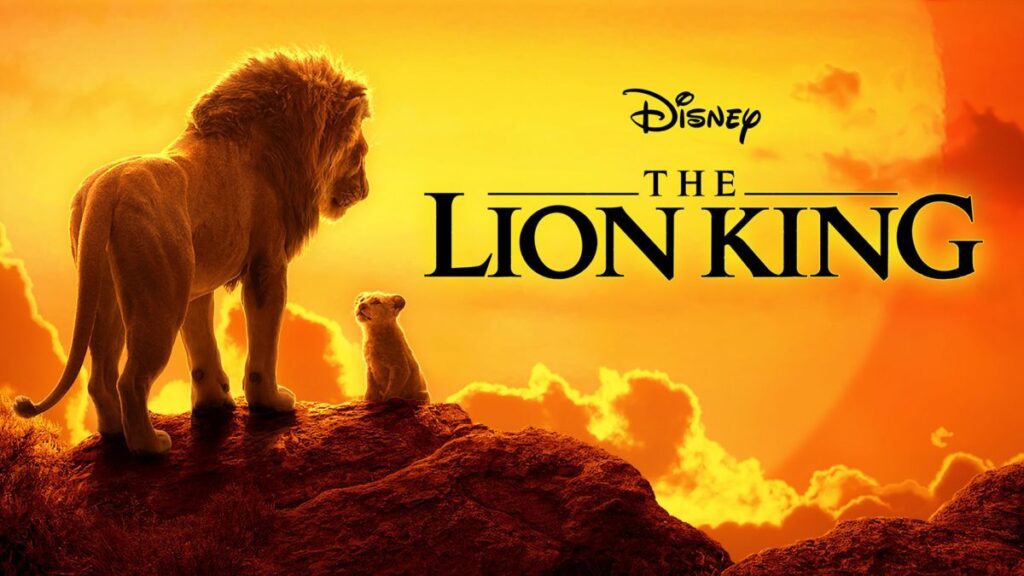
5. **The Lion King (1994)**Circle of Life, indeed! When it came to family entertainment, few tapes were as universally treasured and replayed as Disney’s The Lion King. Disney, ever the astute marketers, had already perfected their ingenious “home video vault” strategy by the early ‘90s. This involved releasing their animated classics for limited periods before dramatically pulling them from circulation, creating an almost mythical urgency for parents to buy.
But even within that clever strategy, The Lion King was a different beast entirely – a true phenomenon that transcended expectations. It roared its way into the history books, becoming the best-selling VHS tape in history, moving a staggering *over 30 million copies worldwide*. That’s a lot of VCRs getting a workout!
Families who had taken their kids to see Simba’s magnificent journey in theaters were absolutely eager to relive it again and again, transforming their homes into Pride Rock. The irresistible combination of deeply emotional storytelling, the timeless, soaring music of Elton John and Tim Rice, and absolutely stunning animation made it an essential, non-negotiable part of every household collection.
Parents, we salute you! You played it for your kids so many times that entire generations can still recite the dialogue word-for-word, a testament to its enduring impact and the power of repeat viewing. The instantly recognizable sound of the opening “Circle of Life” intro became a daily routine in homes everywhere, signaling the start of an adventure and a beloved shared experience.
The VHS tape itself even became a prized object, almost a family heirloom, with many families lovingly refusing to throw it out long after the sleek, shiny DVD replaced the bulkier format. In a pre-streaming world, The Lion King showed with undeniable clarity how VHS could truly immortalize a theatrical event, making it an everlasting part of our collective childhoods, one delightful rewind at a time.
Okay, so we’ve covered the initial wave of VHS titans that redefined how we watched movies. But what about the flicks that kept the VCR lights blinking, the tapes that became worn from endless rewatches, fostering those deep connections and cementing home video as the ultimate personal film library builder? Those movies didn’t just join our collections; they *became* our collections, turning every living room into a shrine of cinematic cool. Get ready to dive into the next set of absolute classics that made the VHS era truly unforgettable, proving that some films aren’t just watched, they’re lived!
Read more about: Critics Missed the Mark: 14 Successful Films That Defied Initial Scorn
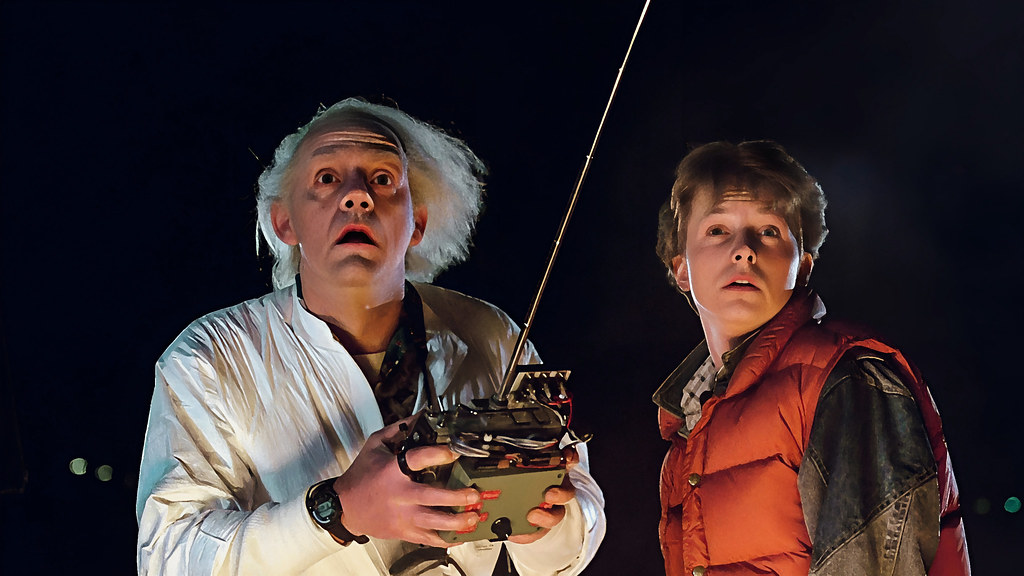
6. **Back to the Future (1985)**Few films encapsulate the pure, unadulterated essence of the 1980s quite like *Back to the Future*. This wasn’t just a movie; it was a cultural phenomenon that transported us through time, both literally with its iconic DeLorean and metaphorically with its timeless charm. Michael J. Fox, at the absolute peak of his charismatic powers, led us on an adventure that was an undeniable box-office hit from day one. But it was the humble VHS tape, hitting shelves in 1986 thanks to Universal Pictures, that truly catapulted this sci-fi comedy into the stratosphere, transforming it from a blockbuster into a permanent cultural touchstone for millions.
Imagine the sheer joy of popping that tape into your VCR, knowing you could revisit Marty McFly’s wild journey whenever your heart desired! The film’s ingeniously crafted plot, riddled with clever paradoxes and endlessly quotable lines, made it an absolute dream for home viewing. Fans devoured every detail, pausing to scrutinize the delicate intricacies of each time-jump, rewinding to catch Doc Brown’s wonderfully wild-eyed expressions, or replaying the legendary “Johnny B. Goode” performance a dozen times until the tape itself threatened to give up the ghost. Every single rewatch, made effortlessly possible by VHS, felt like a fresh discovery, uncovering new layers and gags we might have missed the first (or fifth) time around.
And let’s be real, *Back to the Future* wasn’t just a standalone hit; it was the genesis of a beloved trilogy. As *Back to the Future Part II* and *Part III* graced our video store shelves, eager fans didn’t just rent them; they *collected* them. These wasn’t just individual tapes; they were a set, proudly displayed side-by-side on living room shelves, a vibrant testament to one’s impeccable taste in cinematic sagas. The colorful spines of these tapes became instantly recognizable icons of the burgeoning VHS collector aesthetic, a visual declaration that you weren’t just a casual viewer, but a dedicated, proud film fan with a curated library.
*Back to the Future* epitomized the very spirit of endless replayability, one of the most powerful forces that drove and sustained VHS culture. It understood that movie watching wasn’t a one-and-done deal; it was an ongoing relationship, a beloved ritual. The ability to revisit this meticulously crafted world, to experience the thrill of time travel and the warmth of genuine friendship again and again, cemented its place not just as a great movie, but as a legendary VHS experience that defined a generation’s cinematic adventures.
Read more about: Clint Eastwood at 95: A Lifetime of Cinematic Grit, Unyielding Glory, and an Enduring Legacy

7. **Die Hard (1988)**Before *Die Hard* burst onto the scene, the action movie genre often leaned into the realm of muscle-bound power fantasies, with invincible heroes shrugging off impossible odds. But then came John McClane, a relatable, wise-cracking New York cop, and everything changed. *Die Hard* delivered a visceral, suspenseful, and infinitely quotable experience that felt grounded in a way few action flicks had before. Its arrival on VHS in 1989 wasn’t just a release; it was an event that instantly transformed Bruce Willis into a household hero and elevated a mere Christmas-set action flick into an annual, non-negotiable tradition for millions of homes worldwide.
Local rental stores couldn’t keep enough copies of *Die Hard* on their shelves. This was a movie people didn’t just watch once; it became a cherished ritual, revisited year after year, long after its initial theatrical run had faded into memory. Its unprecedented VHS success wasn’t just about making money; it profoundly influenced the future of action filmmaking. The ingenious concept of a lone, vulnerable hero trapped in an isolated location, outsmarting cunning villains, inspired a deluge of imitators. Think *Under Siege*, *Speed*, and countless others – the ‘Die Hard on a [blank]’ trope was born, all thanks to McClane’s unforgettable Christmas Eve.
Every single explosive sequence, every perfectly delivered one-liner, and every heart-pounding rooftop showdown became indelibly burned into our tape-worn memories. The raw energy of the film, coupled with the immediate gratification of being able to rewind and rewatch those epic moments, made it an instant classic for home viewers. And let’s be absolutely honest here: for many, *Die Hard* wasn’t just *a* Christmas movie; it was *the* Christmas movie. The holiday season didn’t officially kick off until John McClane dropped his iconic “Yippee-ki-yay” from the comforting confines of their trusty VCR.
*Die Hard* truly perfected the art of making the VHS experience deeply personal. It wasn’t about the grand scale of a theater; it was about the intimate satisfaction of controlling the narrative, of rewinding to savor the moment when the bad guys finally got what was coming to them, again and again. It fostered a sense of ownership over the action, turning viewers from passive observers into active participants in cinematic catharsis. It’s a testament to how home video allowed films to carve out permanent niches in our hearts and on our shelves.
Read more about: Critics Missed the Mark: 14 Successful Films That Defied Initial Scorn
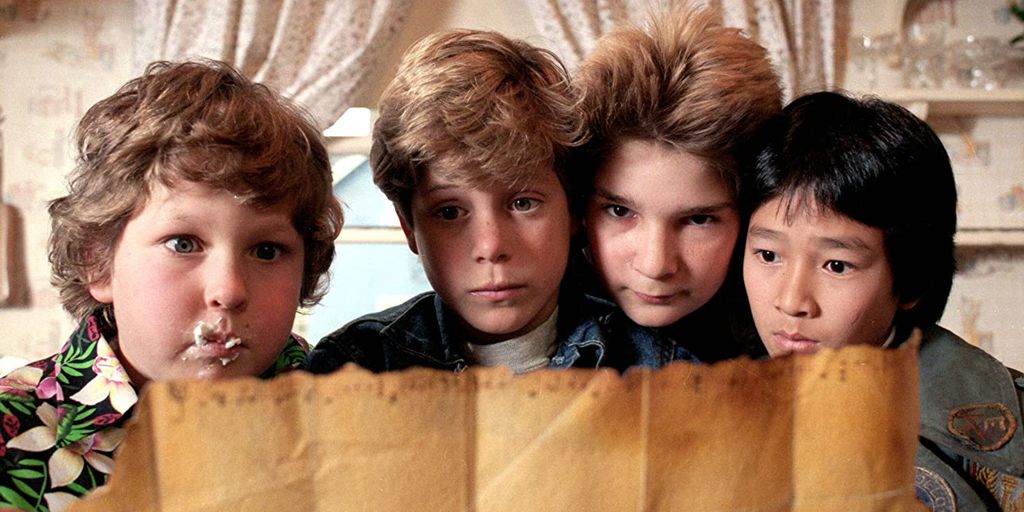
8. **The Goonies (1985)**Ah, *The Goonies*. Before today’s sophisticated streaming algorithms dictated our viewing choices, there was a far more organic, and frankly, more magical system: the friend who’d exclaim, “You’ve never seen *The Goonies*?! We *have* to watch it tonight!” That, my friends, is precisely how this absolute gem of a movie transcended its theatrical success and became an enduring VHS legend, passed down through generations of eager viewers. It wasn’t just a film; it was an initiation.
While *The Goonies* enjoyed a respectable run in theaters upon its 1985 release, its true destiny as a full-blown rite of passage was forged in the glowing warmth of the home video market. The VHS copy of *The Goonies* wasn’t confined to a single household; it became a prized communal artifact, passed around entire neighborhoods like a secret treasure map. It was the centerpiece of countless sleepovers, providing the backdrop for whispered secrets and shared giggles, and its endlessly quotable lines echoed through schoolyards for years. Kids who grew up with *The Goonies* didn’t just like it; they *lived* it, imagining themselves part of Mikey, Chunk, Data, and Mouth’s incredible adventure.
The VHS format, with its slightly grainy aesthetic and tangible presence, perfectly captured the scrappy, underdog spirit of the film itself. Watching this motley crew of misfit kids embark on a thrilling, dangerous hunt for pirate treasure felt incredibly authentic, like the exact kind of epic adventure you’d desperately want to re-enact in your own backyard or local woods. The actual tape, with its colorful cover and well-worn edges from countless playbacks, became a cherished relic, a physical embodiment of that shared imagination and the limitless possibilities of childhood fun.
Even decades later, *The Goonies* remains synonymous with the pure, unadulterated wonder of the VHS era. It’s the kind of movie that effortlessly transformed ordinary living rooms into perilous caves, humble VCRs into magical treasure chests, and simple movie nights into unforgettable childhood memories that, much like One-Eyed Willy’s loot, never faded. It’s a powerful reminder of how VHS didn’t just deliver movies; it delivered entire worlds into our homes, inspiring us to seek adventure and believe in a little bit of magic in our everyday lives.
Read more about: Beyond VHS: 15 ’80s Cult Classics That Still Spark Debate and Define an Era
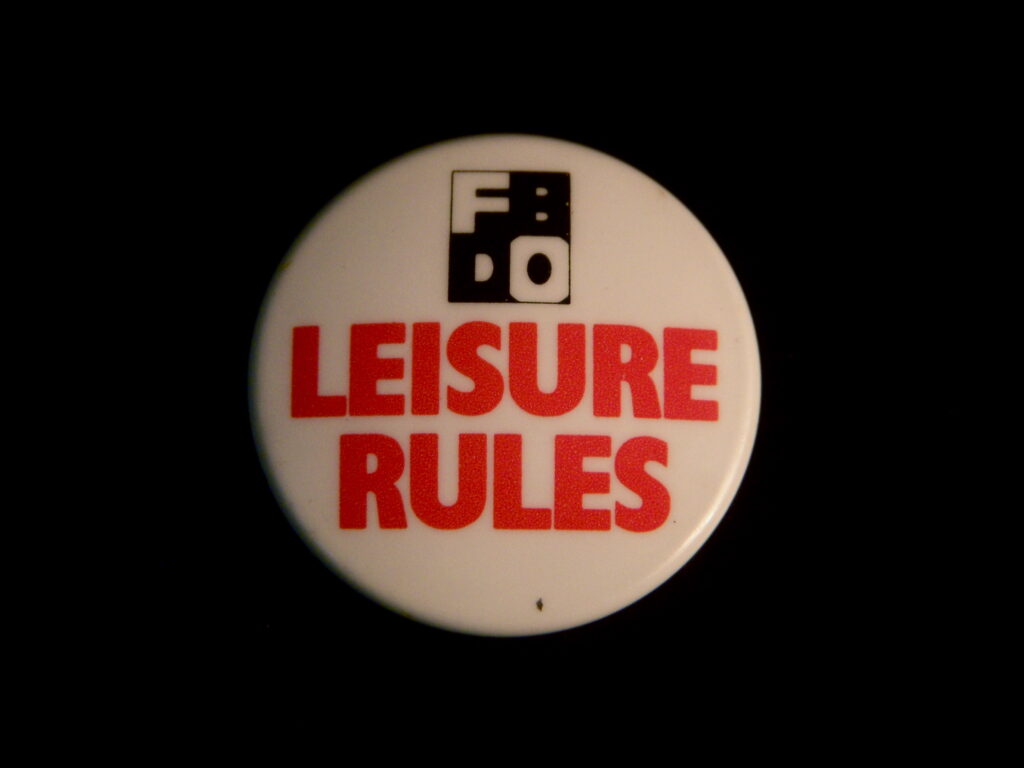
9. **Ferris Bueller’s Day Off (1986)**If the entire VHS era could be distilled into a single, charismatic spirit animal, it would undoubtedly be Ferris Bueller himself. He was the ultimate, effortless rule-breaker, a true connoisseur of leisure who possessed an almost philosophical understanding of how to seize the day with style. Ferris embodied the very same rebellious joy that home video bestowed upon movie fans: the exhilarating freedom to watch precisely what you wanted, precisely when you wanted it, liberated from the confines of theater schedules or rental store return policies. It was about pure, unadulterated cinematic autonomy.
John Hughes’ comedic masterpiece, much like a perfectly executed high school skip day, found an incredibly vibrant second life on VHS, exploding in popularity long after its initial theatrical run. The enduring charm of *Ferris Bueller’s Day Off* wasn’t rooted in groundbreaking special effects or massive spectacle; it resided entirely in its unforgettable personality, its witty dialogue, and its deeply relatable characters. Ferris talking directly to the camera, effortlessly skipping school, and boldly seizing every precious moment of his day off became an instant source of comfort viewing, a cinematic hug for anyone needing a dose of effortless cool and boundless optimism.
This wasn’t a movie for one demographic; it was for everyone. Families eagerly rented it for its infectious laughs, teenagers clamored for it as a blueprint for inspiration and rebellion, and adults returned to it time and again, longing to remember what it felt like to be young, carefree, and boldly audacious. On VHS, Ferris was much more than a character; he became a beloved cultural companion, a friend who always knew how to make you smile, reminding you that life moves pretty fast, and if you don’t stop and look around once in a while, you could miss it.
The film’s perfectly relaxed pace and its incredibly rewatchable, feel-good humor made it an absolutely flawless fit for the home video format. People could effortlessly pop it into their VCR while folding laundry, as background for a casual hangout with friends, or simply when they needed a pick-me-up, a cinematic serotonin boost to feel better about life’s daily grind. Few films captured the easy accessibility and comforting familiarity of the VHS experience with such effortless charm and enduring appeal as *Ferris Bueller’s Day Off*.
Read more about: Your Ultimate Guide: The 15 Best Streaming Services for Iconic 1980s Movies

10. **The Evil Dead (1981)**While big-budget Hollywood blockbusters might have dominated the prime shelf space at your local video store, VHS also became an unexpected, fertile breeding ground for cult horror, nurturing a vibrant underground scene. And leading that terrifying charge, chainsaw in hand, was Sam Raimi’s *The Evil Dead*. This micro-budget splatterfest, a raw and relentless vision, utterly shocked audiences with its audacious intensity and groundbreaking creativity, forever altering the landscape of horror cinema. Its initial theatrical release was incredibly limited, a mere whisper in the dark, but it was the democratic power of VHS that granted it immortality and cult status.
Word-of-mouth, whispered in hushed tones across schoolyards and through late-night phone calls, quickly transformed *The Evil Dead* into one of the most sought-after and rented horror titles of the entire decade. Its raw, DIY energy, coupled with its unapologetically gruesome scares, made it the quintessential discovery for adventurous teenagers sneaking illicit late-night viewings, huddled around a flickering TV screen. Every single grainy frame, every blood-curdling screeching sound effect, felt even more chilling and visceral when experienced on analog tape, only adding to its undeniable underground mystique and legend.
The film’s aesthetic on VHS was a crucial part of its charm. The slightly degraded image quality, the analog hum, and the deliberate low-budget effects all coalesced to create an atmosphere of gritty, terrifying realism that mainstream cinema often lacked. This wasn’t polished Hollywood horror; this was raw, primal fear delivered directly to your living room. The experience of watching *The Evil Dead* on a VCR often felt like unearthing a forbidden artifact, a truly dangerous piece of cinema meant only for those brave enough to seek it out.
More profoundly, *The Evil Dead* served as a powerful symbol of how VHS utterly democratized the world of film distribution. Suddenly, small independent filmmakers, operating on shoestring budgets and outside the traditional studio system, could reach massive global audiences without needing expensive, major distribution deals. For horror fans, the thrill of finding that worn, often vaguely disturbing *Evil Dead* tape at the local video store wasn’t just about renting a movie; it felt like uncovering a deeply guarded, deliciously forbidden secret, a true underground treasure waiting to unleash its terror.
Without the widespread adoption of VHS, Sam Raimi’s audacious debut might have tragically faded into obscurity, appreciated only by a tiny, dedicated few. Instead, thanks to its accessibility on home video, it exploded into a cultural phenomenon, spawning beloved sequels that redefined horror-comedy, inspiring a hit TV series, and igniting an entire movement of low-budget horror innovation that continues to influence filmmakers to this very day. It’s a testament to the format’s power to make legends.
How VHS Changed the Movie World Forever
The VHS era wasn’t merely about the unprecedented convenience of watching movies at home; it was, at its very core, about connection. It gifted individuals an incredible, almost revolutionary power to own tangible pieces of pop culture, to intimately pause and rewind those cinematic moments that truly mattered to them, and to effortlessly share beloved films with friends and family in deeply personal ways that the grandeur of theatrical experiences simply couldn’t replicate. It transformed a solitary viewing into a communal celebration, a shared ritual.
More than just a format, VHS metamorphosed movie watching into a veritable lifestyle. It meticulously built vibrant communities of passionate collectors, sparking endless debates about plot points, character arcs, and cinematic influences that kept the conversations buzzing. It gave underdog films and indie darlings an unforeseen chance to bravely find their niche audience, proving that cult status could be as powerful as box office dominance. This era masterfully blurred the traditional line between a casual viewer and a truly dedicated cinephile, inviting everyone into the fold of film appreciation.
Even as the sleek, shiny DVDs, high-definition Blu-rays, and the ubiquitous convenience of streaming services gradually replaced the chunky, magnetic tape format, the profound emotional pull of VHS remains stubbornly unmatched. Those wonderfully substantial tapes represented something deeply tangible, a feeling of true ownership, a potent surge of nostalgia for simpler times, and the exhilarating thrill of discovery. They didn’t just play movies; they made movie fandom a physical, tactile experience, a curated collection of memories you could hold in your hands.
Read more about: Your Ultimate Guide: The 15 Best Streaming Services for Iconic 1980s Movies
The films that absolutely defined the VHS era weren’t just successful because of their initial box office numbers, however impressive they were. They achieved legendary status because they lived vibrantly, enduringly, far beyond them. Each iconic title we’ve explored became a powerful symbol of what made home video so incredibly special: the pure, unadulterated joy of pressing play on your own terms, nestled in the comfort of your own space, and meticulously building your very own cherished library of cinematic memories, one glorious rewind at a time. VHS may have ridden off into the analog sunset, but its spirit lives on every single time someone lovingly replays an old favorite. For those of us who grew up immersed in that golden age, the distinct sound of a tape sliding smoothly into the VCR wasn’t just the beginning of a movie; it was, without a doubt, the genesis of pure magic.


